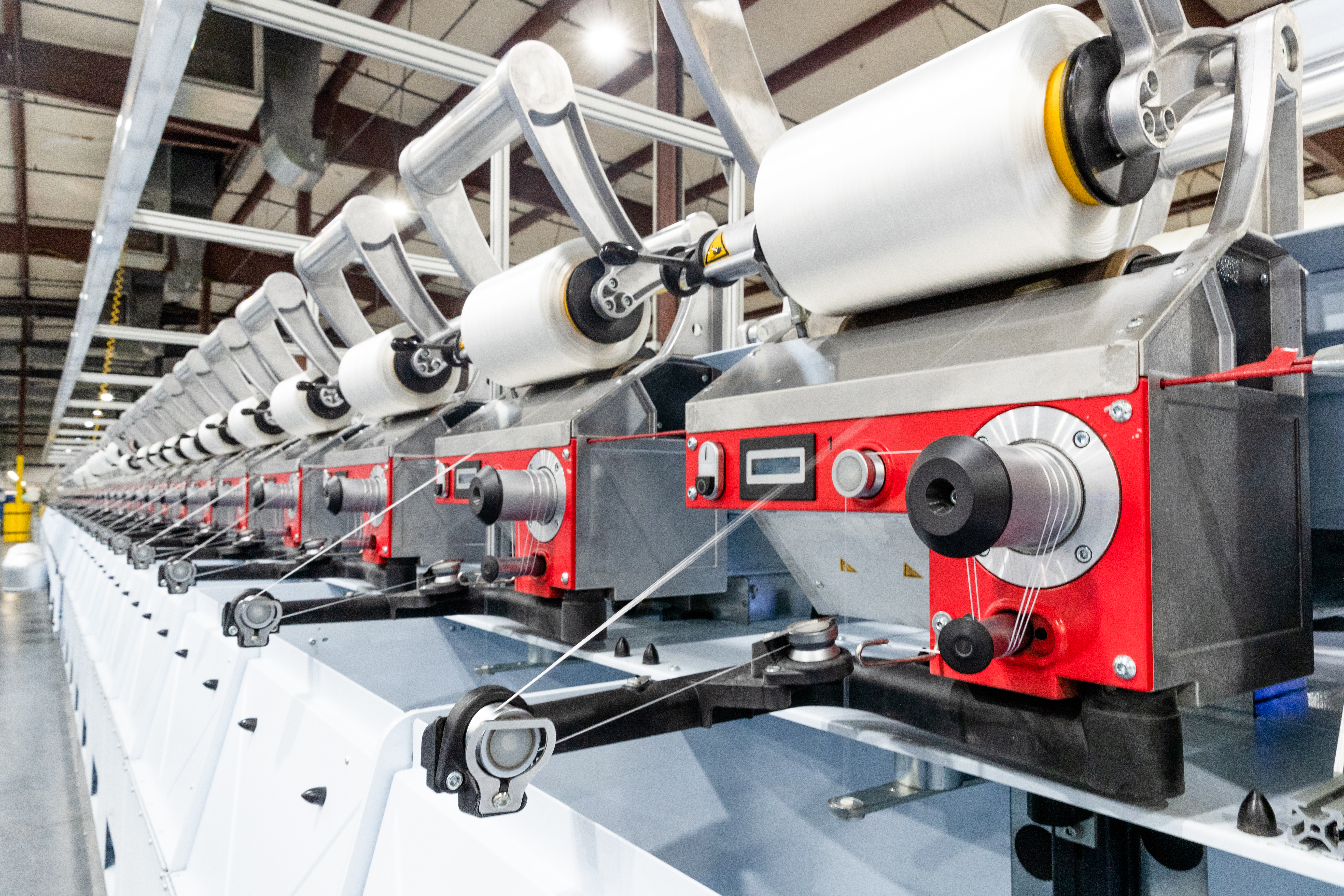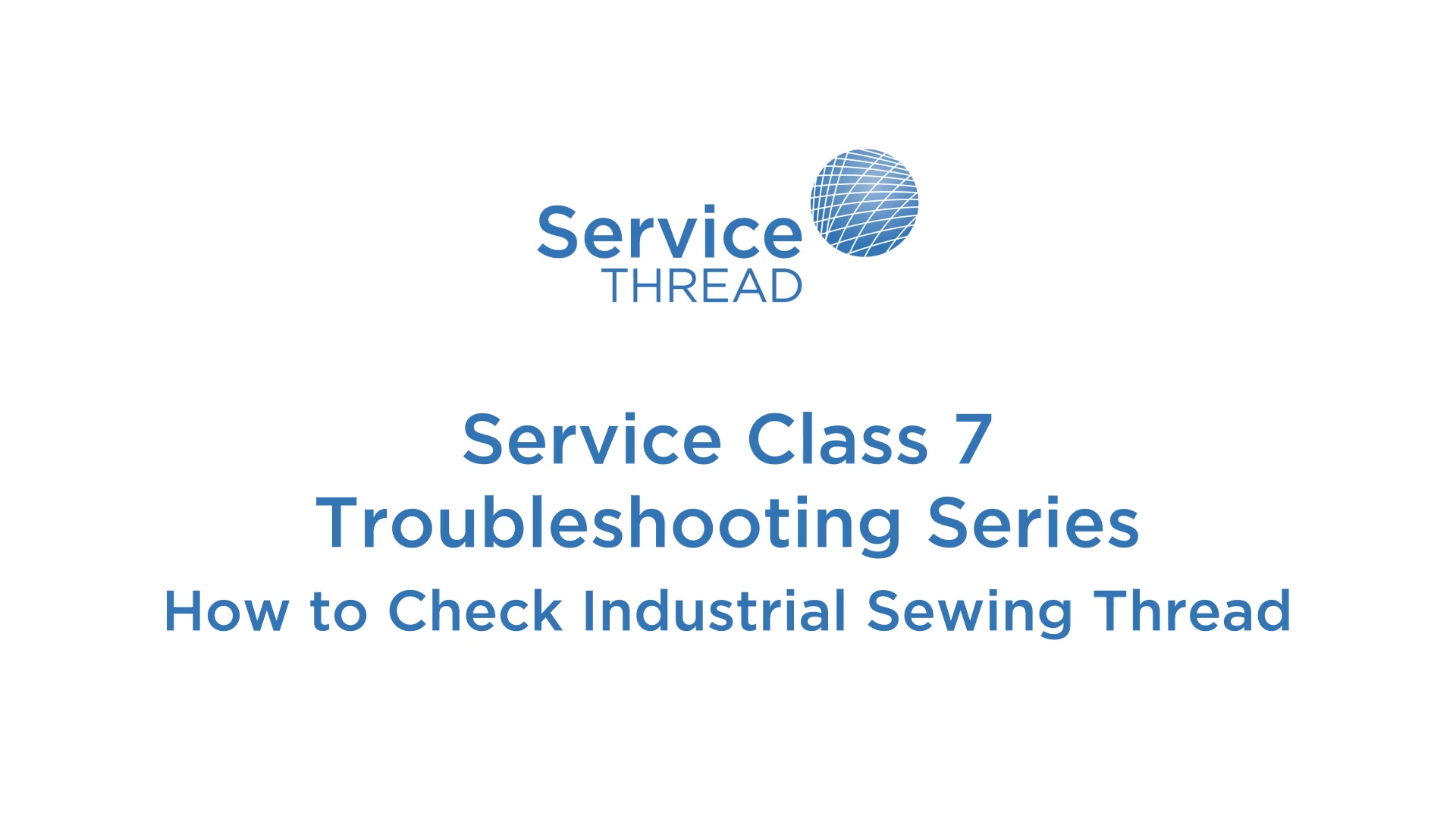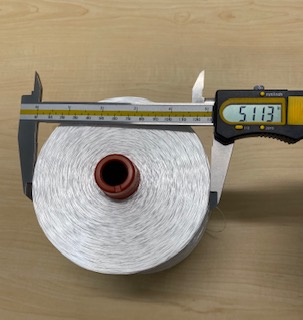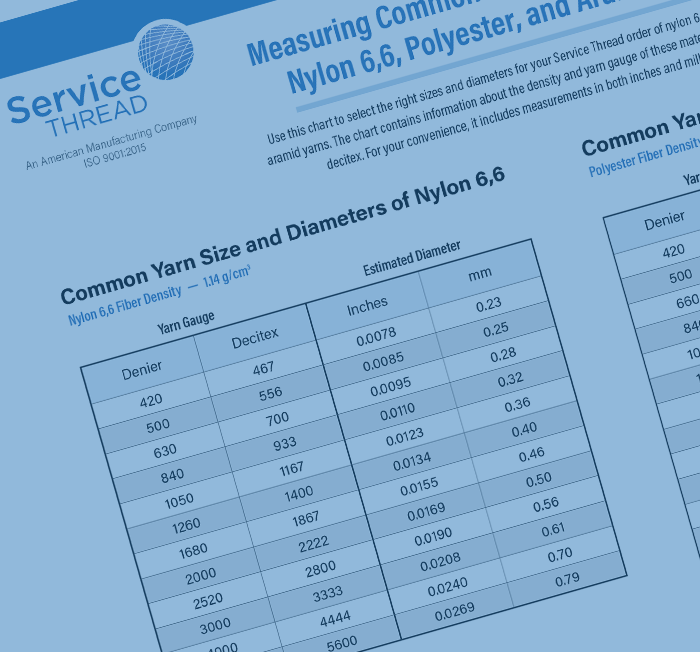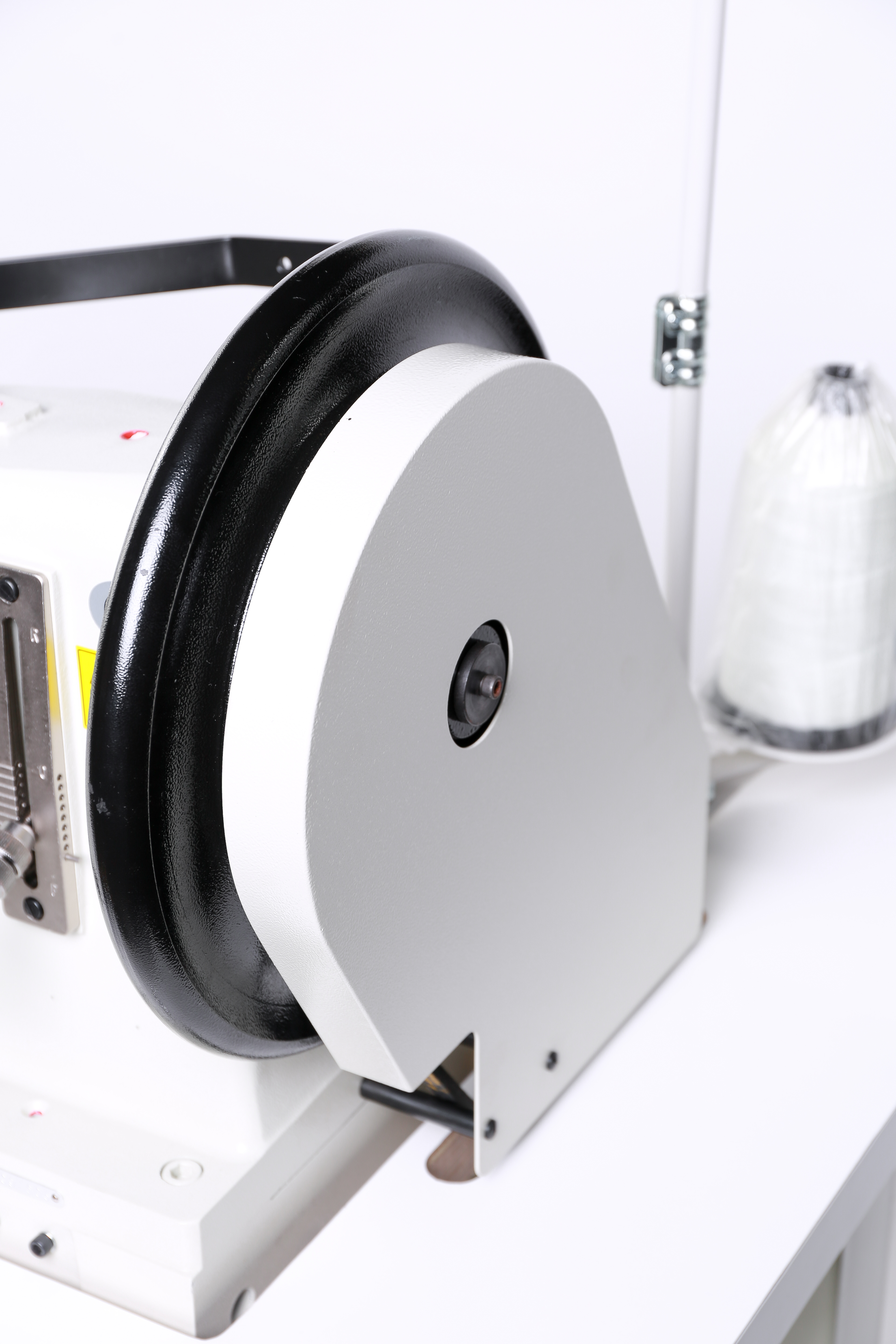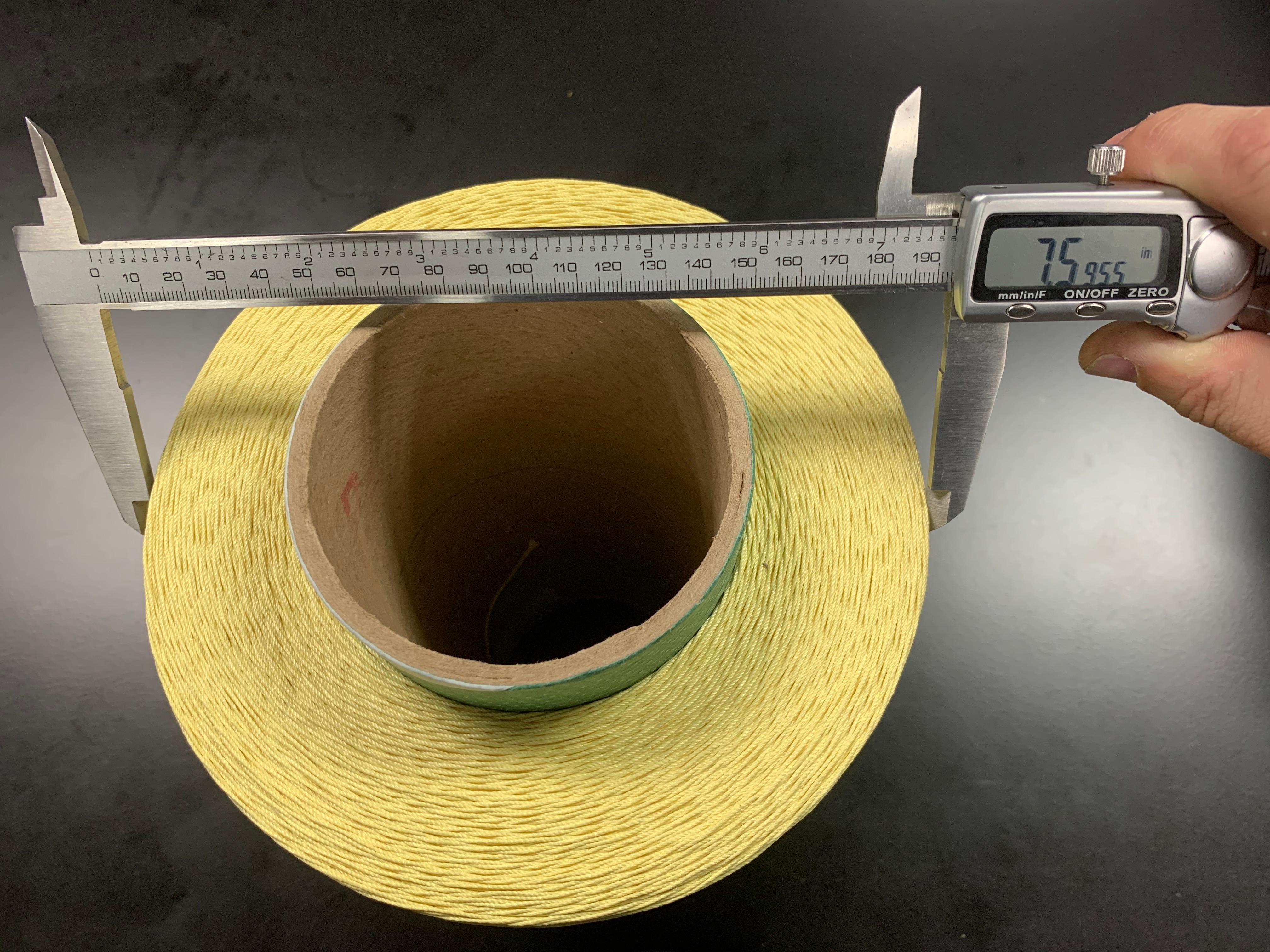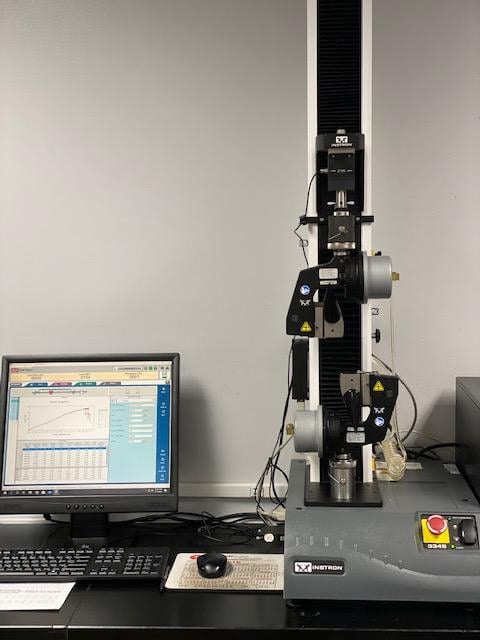In October 2017 DuraFiber Technologies, previously Performance Fibers, once a leading US supplier of high-tenacity polyester fibers, engineered fabrics, sewing threads and advanced materials, closed its three facilities in the United States
DuraFiber produced a number of widely used types of polyester in the United States and the different types are still referenced by companies searching for quality alternatives today. Many of the available alternatives happen to have more consistent properties with tighter tolerances but this ultimately depends on the type of alternative polyester.
Read more

